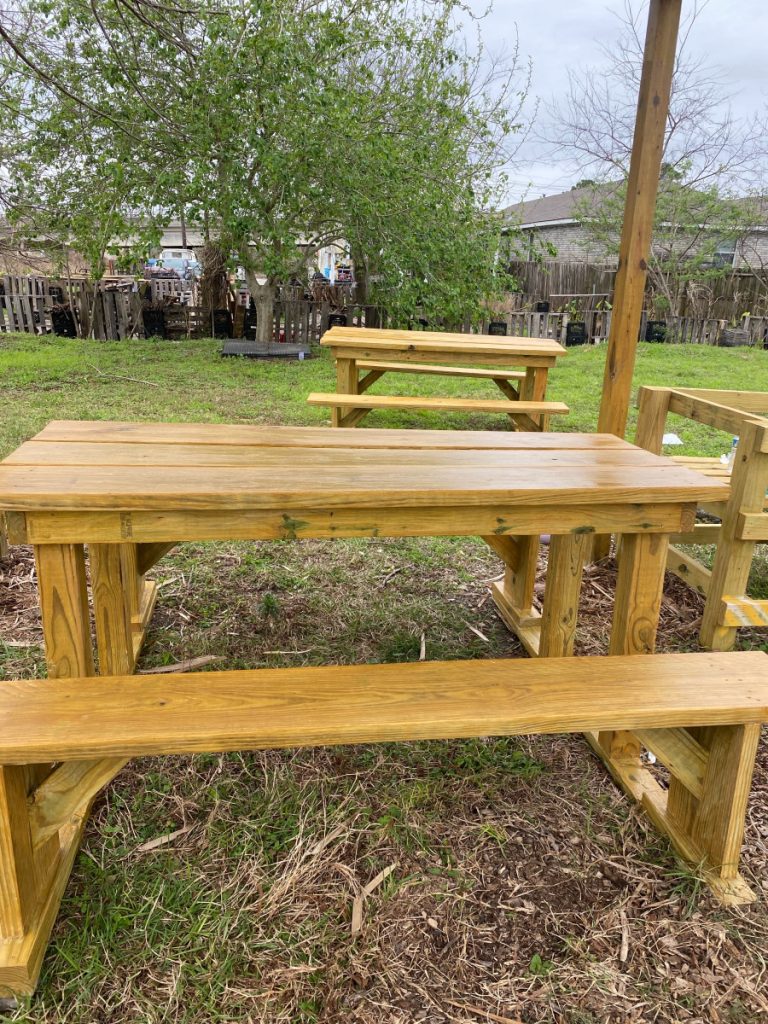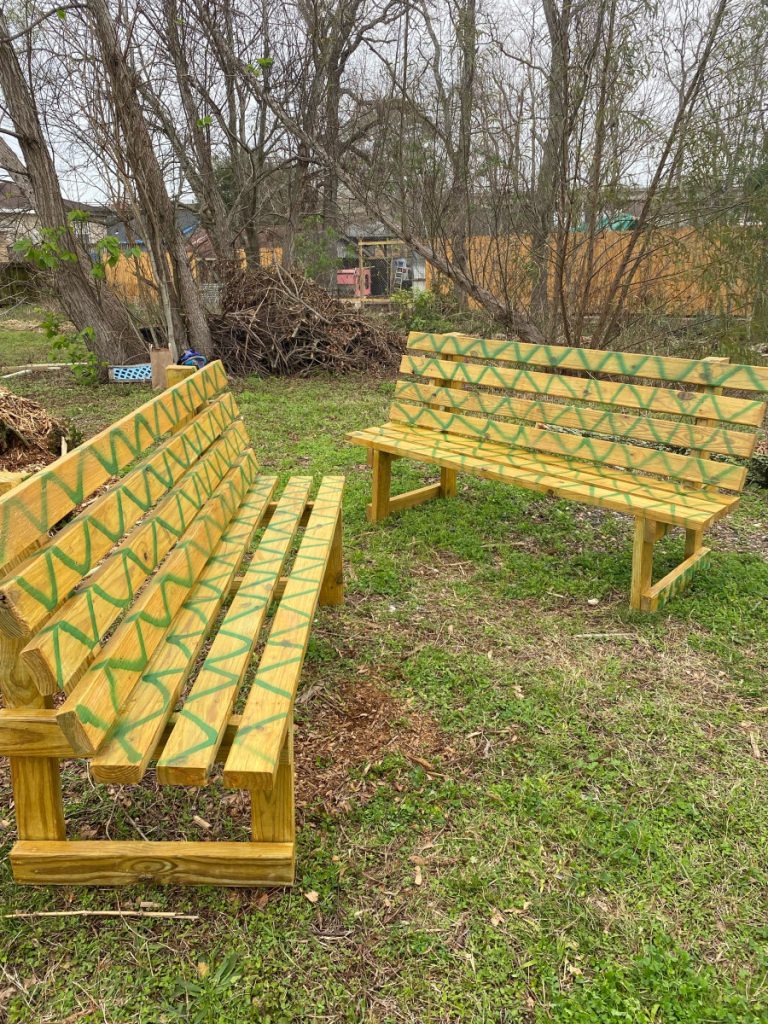A reflection – Tayyaba Akhtar
I was first introduced to MAlt (Middlebury Alternative Break Trips) when I started working as a Communications Intern at the CCE in October of 2021. MAlt is a program that sends 60 students (five trips of12 students– two trip leaders and 10 participants) on immersive service and learning trips during February Break. During the time of the trip students work with various community partners at their designated location to address local issues and build students’ civic knowledge and skills in collaborative, community-based work. I applied to participate in the trip to New Orleans and was accepted. I was excited to go on a service trip because it was my first immersive experience. We had a couple of our pre-departure meetings, and we were getting ready to leave for our trip in February, but our nation experienced a COVID outbreak last December and MAlt needed to cancel in person travel. We were given the option to do a Vermont-based trip which I participated in because the community of Vermont was not very known to me as well as I was a freshman, though I was sad about not being able to go to New Orleans. During the trip we worked with local community partners like Charter House Coalition and Open Door Clinic. We were able to explore a variety of social issues in different parts of Vermont such as the community of Middlebury and even further places like Stowe. Though it was an adjustment it turned into an enjoyable and fruitful experience.
When the applications for the trip leaders came out this year, I applied to be a trip leader because I wanted to get involved with the group again and this time take on a leadership role. I was assigned to lead the trip to New Orleans, which was again themed to address economic inequality. This trip was intended to connect students with work in the community that addressed the impacts of economic inequality, and to provide opportunities to practice collaborative skills. That got me very excited to finally not only go on the trip that was canceled previously but also to lead the trip. In New Orleans, we were going to work with HandsOn New Orleans on their community park and community orchard projects.
It was a year-long preparation process. We were selected as trip leaders in the spring semester and worked on the trip for the rest of the semester. Along with this, we worked on the trip during the summer break to make sure that everything (learning objectives, community partnerships, basic itinerary, etc.) was well-planned and ensure a smooth start in the fall semester. We received a lot of support from the CCE in planning our trip, including a half-credit class in the fall tailored toward support for the planning of the trip. The leader class provides structured support for student leaders to build their skills in planning, collaborating and leading in community work.
We selected our trip participants around the end of October. The applications opened a couple of weeks prior and after all the applications were submitted, my co-lead and I read to select participants. It was difficult to make selections because the program– overall– received double the number of applicants that we had capacity to accommodate. We made a rubric for selection to be sure we selected fairly and inclusively: with the questions that were asked and how effectively they were answered and scored everyone based on that. We selected people with the highest score. We had two meetings with our participants before winter break to educate them on both what we were doing and why and, and then weekly meetings over J-term to prepare for our time in New Orleans. In addition to learning about our social issue, location, and community partners, these meetings built our relationships within the team.
When we reached New Orleans, it was an exciting time for all of us, because no one on the trip had been to the city before. We arrived on Friday and had the weekend to explore the city as we started working on Monday. Since we were living very close to the French Quarter, we went exploring the area. We saw a Mardi Gras Parade and took a Swamp Tour, where we saw a lot of alligators. When we started working, we spent Monday and Tuesday at the community park where we helped in making signs for the playing ground and eliminating trees in the park. The park was one of the most important areas for New Orleans. Because the city is very vulnerable to flooding, marshes, and green spaces are extremely important. While working at the park, I learned that some of the things we often take for granted like green spaces could help decrease the effects of a disaster. The community partners told us that during Hurricane Katrina, the work we were working at was the safest space in the city. Knowing that made working at the park much more important and meaningful as in the beginning it was a lot like it is just another park.
We spent our next two days learning and working at a community orchard where we built benches, picnic tables, and garden boxes (two of each). The community orchard was in an area where people were not able to afford a lot of fruits and vegetables. The orchard was an effort to grow these and have them available to the neighborhood for free. The neighborhood was away from the majority of the big groceries stores as well which made it even harder to promote healthy eating. I have grown up being exposed to people who have struggled with affording nutritious food and vegetation and I have seen how that could lead to great health problems. Therefore a project like this was very meaningful to me along with this it was a project of community building because the neighborhood was coming together to nurture the orchard and reap the benefits.
We worked till noon each day and had the rest of the day available to us to explore the city! All the participants were very eager to participate and were very involved which made the process very smooth. The biggest challenge in the community was the transportation in the city. We were using public transportation which was not very efficient therefore there was a lot of planning and getting to a place was an experience. Though that experience gave the feel of how people navigate the city and since accessibility was an aspect of our trip, it gave a true feel.
Overall, volunteering at both locations taught me a lot of soft skills such as compassion, understanding the surrounding, and the value of nutritious food and green spaces. These are some of the skills that I carry with myself and to places that I go to work at even beyond MAlt. MAlt was one of the most fun and exciting experiences for me. I was fortunate to have great co-leader and amazing participants to work with! I felt that though we were only volunteering for a week, we were able to learn skills that we can bring back to our communities and implement. At the end of the trip, we were also told how much financial benefit we gave to the organization by volunteering with them for just a week. It was great to see that, though the trip was short, it was impactful both for participants and the community with whom we engaged!
There are three ways to be involved with MAlt: Being a co-president, trip leader, or participant. MAlt is currently looking for trip leaders to lead trips in February 2024. You can find the application here and is due on April 7th. The participant application will open in Fall 2023!



